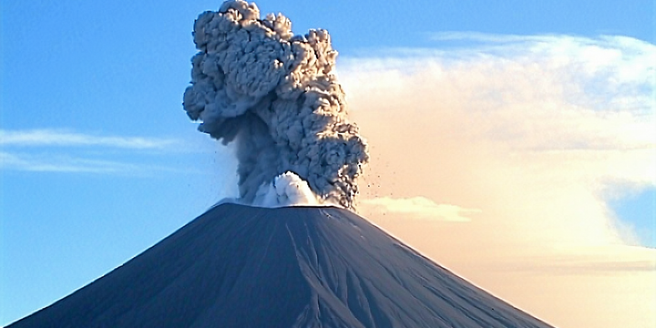
Understanding Volcanic Activity and Its Impact on Climate
Volcanic activity has a profound impact on climate through the emission of gases and particles into the atmosphere. When a volcano erupts, sulfur dioxide is released, forming sulfate aerosols that can reflect sunlight and cool the Earth’s surface. This cooling effect can significantly alter weather patterns across different regions. These eruptions can lead to temporary climate changes, reducing global temperatures for months to years. Volcanic ash, another byproduct, can travel great distances, further influencing atmospheric conditions. Over the years, scientists have closely monitored eruptions to comprehend their broader climatic effects, recognizing the intricate relationship between volcanic activity and global weather patterns.
The Role of Volcanic Eruptions in Temperature Changes
Volcanic eruptions play a significant role in temperature fluctuations around the globe. When volcanoes erupt, they emit large quantities of ash and gases, notably sulfur dioxide, into the atmosphere. This results in the formation of aerosols that scatter solar radiation, leading to a reduction in surface temperatures. Consequently, scientists closely monitor volcanic activity to predict potential climate impacts. The cooling effect can last for several years, influencing weather patterns worldwide. Historical eruptions, such as Mount Pinatubo in 1991, have demonstrated this phenomenon, showcasing how volcanic activity can alter climate conditions by reducing average temperatures and causing atmospheric changes.
Comparing Volcanic Effects Across Tropical Regions
Tropical regions experience unique effects from volcanic eruptions due to their location and climate. The injection of volcanic materials into the stratosphere can affect weather patterns, rainfall, and temperature in these areas. Interestingly, the local ecosystems often show resilience, adapting to new conditions over time. During major eruptions, aerosols can spread quickly across tropical zones, affecting monsoon patterns and causing shifts in precipitation. The impact varies depending on the size and location of the eruption. Studies have shown that while some tropical regions may experience cooling and reduced rainfall, others might see increased precipitation, highlighting the diverse impacts of volcanic activity on tropical climates.
Volcanic Influence on Polar Weather Patterns
Volcanic eruptions can significantly influence polar weather patterns, altering temperatures and ice dynamics. The introduction of volcanic aerosols into the atmosphere can lead to cooling effects noticeable in polar regions. These aerosols reflect sunlight, reducing the temperature and affecting polar vortex strength. Recent studies have shown a direct correlation between major eruptions and shifts in polar climate patterns. Consequently, this influences sea ice extent and the overall climate in these sensitive regions. By understanding the interaction between volcanic activity and polar weather, researchers can better predict future climate variations and potentially mitigate adverse effects through climate modeling and strategic planning.
The Interaction Between Volcanic Ash and Atmospheric Circulation
Volcanic ash plays a crucial role in atmospheric circulation patterns. During an eruption, ash is ejected into the atmosphere, where it can be transported long distances by wind currents. This ash affects global weather by altering atmospheric pressure systems, influencing wind patterns, and modifying rainfall distribution. Remarkably, volcanic ash can even lead to temporary cooling of the Earth’s surface by reflecting sunlight back into space. The interaction between volcanic ash and atmospheric circulation is complex, with impacts observed at regional and global scales. Understanding this interaction is vital for predicting weather changes and mitigating the aftereffects of major volcanic eruptions, as they can amplify or disrupt existing atmospheric conditions.
Mitigating Volcanic Weather Effects: Strategies and Solutions
To mitigate the weather effects of volcanic eruptions, it is essential to employ various strategies and solutions. Enhanced monitoring of volcanic activity can provide early warnings, allowing for timely preparation and response. Development of advanced climate models helps in understanding potential impacts, enabling better prediction and adaptation strategies. Additionally, increased collaboration among scientists, governments, and organizations can promote effective risk management and disaster preparedness. Implementing educational programs to raise awareness about volcanic risks can empower communities to take proactive measures. Investing in research and technology plays a critical role in reducing societal vulnerabilities, ensuring resilience against the climatic challenges posed by volcanic activities.
